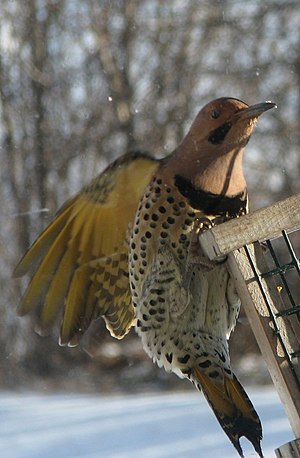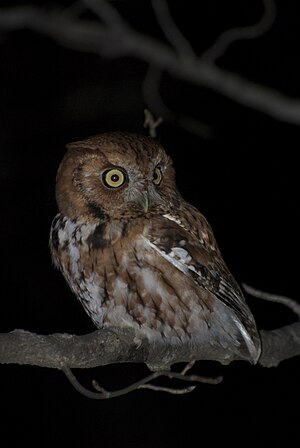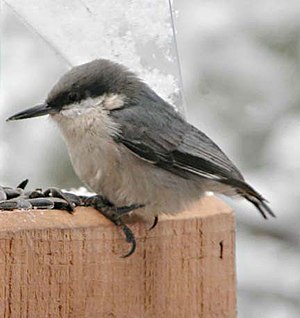I’ve been away. I usually feed bluebirds year-round. Will they come back? MB ~ East Lansing, MI
Food for Bluebirds
Providing food for bluebirds during the winter and early spring may increase their chances of survival in bad weather. And if you want to encourage them to feed up close there are a variety of foods you can offer.
Wild Birds Unlimited - East Lansing, MI store has suet nuggets, nuts and seed blends with fruit, tree nuts and suet. But by far the most popular treat for bluebirds in the winter is the live mealworms. Bluebirds love to eat mealworms. I do my best to keep the fridge full of mealworms at both stores.
If you haven't used mealworms before, they are the larvae of a beetle with a high protein level. Mealworms can be offered from just about any bowl, and there are some feeders at Wild Birds Unlimited especially for feeding mealworms. The WBU Dinner Bell feeder is one of our most popular.
How to feed birds mealworms
Most people “train” the birds to come at the same time, same place every day. Some people whistle or wear a bright hat to signal the birds you are about to feed. Our experience has shown that the early birds like to get the worms. Birds are hungry in the morning and it’s always nice to start the day with a good breakfast. You can also feed them in the evening before they roost.
Start out by placing a teaspoon of worms in a feeder near where you see the bird perching. Sometimes I like to put them out with an apple slice. The worms can have a yummy last meal and the birds enjoy the juicy worms and may even enjoy the apple as dessert. As you get more birds trained to come you can increase the amount of worms to about a teaspoon of worms per bird per day. Once the birds have figured out where you are feeding, you can move the feeder short distances every day or so until it's located where you can view them comfortably.
How to Bring Bluebirds Back
If you’ve broken the routine and have been away for awhile, don’t worry. The birds never forget a food source. They’ll probably send a young scout out to keep checking the status of the feeder especially in bad weather.
 |
| Photo from Tom T. at WBU So. Yarmouth, Ma. |
Finally, don’t forget your heated birdbath. Water is a powerful attractor and will increase the number and variety of birds coming to your yard. As the winter weather blows through mid-Michigan the birds will start looking for any open water. Having heated birdbaths or adding a heater to the bath you already have set up would be ideal for helping blue birds during the winter.
When you provide a bluebird with needed resources it not only gives you the chance to watch these beautiful birds up close, it also helps aid in bluebird conservation.


















































